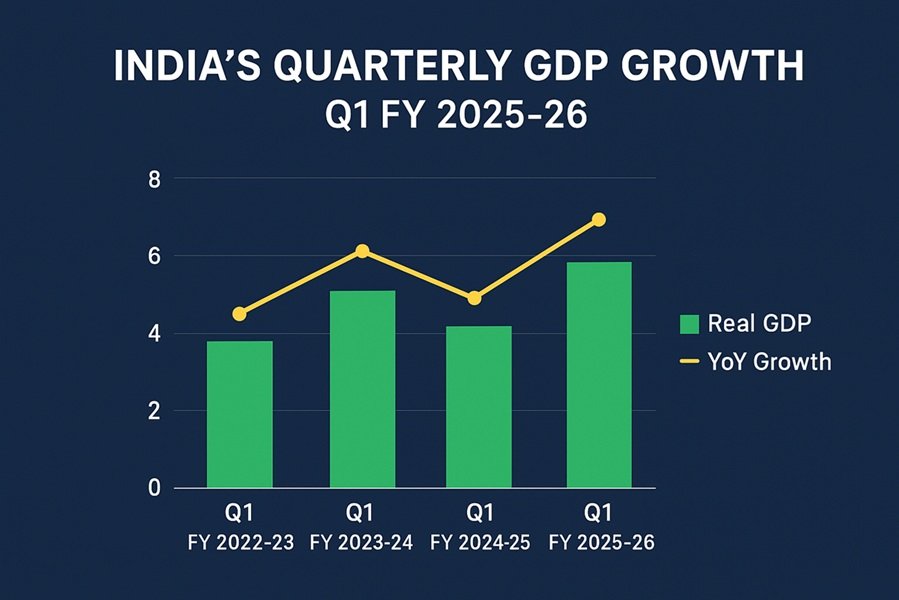
Bonus shares and stock splits are two popular corporate actions used by companies listed on stock exchanges, including those in India, to manage their stock prices and shareholder base. Both actions provide existing shareholders with additional shares, but they differ in their purpose, structure, and implications. In this article, we will explore the concepts of bonus shares and stock splits, their differences, and their significance in the Indian stock market.
What are Bonus Shares?
Bonus shares are additional shares issued by a company to its existing shareholders for free, in proportion to their existing holdings. For example, in a 1:2 bonus issue, a shareholder receives one new share for every two shares they already own. Bonus shares are typically issued by companies that have accumulated significant profits but do not want to pay cash dividends. Instead, they distribute additional shares as a way to reward shareholders and improve liquidity in the market.
Key Characteristics of Bonus Shares:
- No Cash Outflow: Bonus shares are issued out of the company’s accumulated reserves and surplus. Shareholders do not need to pay any money to receive the bonus shares.
- Increase in Number of Shares: Bonus shares increase the total number of shares outstanding, which dilutes the value of each share. However, the total value of the shareholder’s holdings remains the same immediately after the issue, as the market price of the shares typically adjusts downward to reflect the increase in share count.
- No Change in Ownership Proportion: Since bonus shares are issued in proportion to existing holdings, shareholders’ proportional ownership in the company remains unchanged.
- Accounting Adjustment: The issue of bonus shares does not affect the overall capital structure of the company. The company’s retained earnings or reserves are capitalized to issue the bonus shares.
What is a Stock Split?
A stock split is another corporate action where a company divides its existing shares into multiple new shares to increase the number of shares in circulation. The primary objective of a stock split is to make the stock more affordable for small investors and improve liquidity. In a stock split, the company reduces the face value of each share, but the overall value of the shareholder’s investment remains unchanged.
For example, in a 2-for-1 stock split, a shareholder holding one share worth ₹100 will now hold two shares, each worth ₹50. The total value of the shareholder’s investment remains ₹100, but the number of shares has doubled.
Key Characteristics of a Stock Split:
- Decrease in Share Price: The share price is reduced in proportion to the split. In a 2:1 split, the price of each share is halved, while in a 5:1 split, it is reduced to one-fifth of the original price.
- No Effect on the Company’s Value: A stock split does not affect the market capitalization of the company. It only increases the number of shares outstanding, while the total market value of the company remains the same.
- Improved Liquidity: By lowering the price of individual shares, stock splits make the shares more affordable for small investors, which can result in increased trading volumes and better liquidity.
- No Impact on Ownership Percentage: Like bonus shares, stock splits do not change the ownership proportion of the shareholders. If a shareholder had 1% of the company’s total shares before the split, they will still have 1% after the split.
- Face Value Adjustment: The face value of the stock is adjusted in accordance with the split ratio. For example, in a 2-for-1 split, the face value of each share would be reduced by half.
Key Differences Between Bonus Shares and Stock Split
While both bonus shares and stock splits result in an increase in the number of shares held by shareholders, there are key differences in their structure, purpose, and implications. The following points highlight these differences:
| Aspect | Bonus Shares | Stock Split |
|---|---|---|
| Source of Shares | Issued from the company’s accumulated profits or reserves | Created by splitting the existing shares into smaller units |
| Shareholder Cost | Free of cost to the shareholders | No cost to shareholders, but the share price is adjusted |
| Purpose | To distribute profits to shareholders in the form of additional shares | To make shares more affordable and improve liquidity |
| Effect on Share Price | Typically, the share price decreases proportionally to the bonus issue ratio | The share price decreases in proportion to the split ratio |
| Effect on Ownership | No change in the percentage ownership of shareholders | No change in the percentage ownership of shareholders |
| Effect on Company’s Value | No effect on the total value of the company (capitalization is just restructured) | No effect on the company’s market capitalization |
| Impact on Liquidity | Can improve liquidity due to a larger number of shares outstanding | Improves liquidity by reducing the price of shares, making them more affordable |
| Accounting Treatment | Issued from reserves or surplus and capitalized | No impact on reserves or surplus, just a mechanical adjustment in share numbers |
| Adjustment of Face Value | Not necessary, as bonus shares are allocated based on reserves | The face value of each share is adjusted downward to reflect the split ratio |
| Market Reaction | Can be seen as a positive sign, especially when a company does not want to pay cash dividends | Often seen as a move to increase affordability and accessibility for smaller investors |
Significance of Bonus Shares and Stock Splits in the Indian Stock Market
Both bonus shares and stock splits play an important role in shaping investor sentiment and the overall market dynamics in India.
- For Companies:
- Bonus Shares: Companies issue bonus shares when they have accumulated large reserves and wish to reward their shareholders with a non-cash dividend. Bonus issues can signal a company’s strong financial position and future growth prospects, which can boost investor confidence.
- Stock Split: Companies with high stock prices may consider a stock split to make their shares more accessible to retail investors. It is often seen as a way to increase the marketability of the stock and encourage more trading activity.
- For Shareholders:
- Bonus Shares: Shareholders benefit from bonus issues because they receive additional shares without having to pay for them. This increases the number of shares they hold, but the total value of their holdings remains the same until market dynamics cause a price change.
- Stock Split: Shareholders benefit from stock splits as their holdings are multiplied, and the price per share becomes more affordable. A lower price per share can attract more retail investors and increase liquidity, which can eventually lead to a price appreciation.
- For Market Liquidity:
- Both corporate actions contribute to increased liquidity in the stock market. While bonus shares result in a larger number of shares, stock splits make shares more accessible to small investors due to the lower price per share.
- Investor Perception:
- Bonus Shares are often seen as a sign of a company’s profitability and the management’s decision to reinvest profits into the company by rewarding shareholders. On the other hand, a stock split is typically viewed as a measure to make the shares more liquid and affordable, rather than a sign of profitability.
Conclusion
Bonus shares and stock splits are two distinct corporate actions that allow companies to manage their capital structure and provide benefits to existing shareholders. While bonus shares are issued out of retained earnings and serve to reward shareholders, stock splits are implemented to improve liquidity and make shares more accessible. Both actions, though differing in purpose and structure, contribute to increasing the number of shares outstanding and can influence market perception, liquidity, and shareholder value.
Investors need to understand the implications of these corporate actions to make informed decisions. While bonus shares can signal a company’s strength, stock splits often improve market liquidity. Understanding the rationale behind these actions can help investors navigate the complexities of the Indian stock market and take advantage of potential opportunities.







